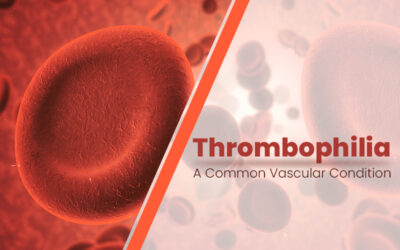Healthcare providers in any medical specialty should submit claims with appropriate medical codes and modifiers to receive proper reimbursement for services provided. This holds true for the specialty of pain management as well. Ultrasound technologies are at the forefront of pain management treatments used today. Medical billing and coding for ultrasound guided pain management is a rather complex task for providers to handle.
Reimbursement of ultrasound guided procedures is often considered on a case by case basis. Certain carriers consider ultrasound guidance as investigational and do not cover the procedure, while certain carriers cover the same. Certain private payers will reimburse ultrasound procedures for all specialties while other plans limit reimbursement for ultrasound procedures to certain specific medical specialties. It is strongly recommended that providers check with their insurance companies for coverage policies and requirements prior to performing procedures.
Accurate CPT/ICD codes are crucial for all procedures such as pain pump refills, peripheral nerve blocks and spinal/non-spinal injections.
CPT
- 64402 – Injection, anesthetic agent; facial nerve
- 20552 – Injection(s); single or multiple trigger point(s), 1 or 2 muscle(s)
- 64620 – Destruction by neurolytic agent, intercostal nerve
ICD
- 88.77 – Diagnostic ultrasound of peripheral vascular system
- 83.96 – Injection of therapeutic substance into bursa
- 81.92 – Injection of therapeutic substance into joint or ligament
Common modifiers used are 26-Professional component, TC-Technical component and 59-Distinct procedural services.
Payment Methodologies
Diagnostic ultrasound procedures require the production and retention of imaged documentation. A separate written record of the ultrasound visualization procedure should be maintained in the patient record.
Site of the service is also a concern in Medicare payment for ultrasound guidance. A physician, who owns the equipment and performs procedure in an office setting may bill the global/non-facility fee, and report the CPT code without any modifier. For the procedure performed in a hospital outpatient setting, physicians must append the -26 modifier, indicating that the professional service was provided.
Providers can rely on an experienced HIPAA compliant medical billing company for proper reimbursement of ultrasound guided pain management procedures. Such a firm will have AAPC certified coders, ready to handle the latest ICD-10 codes.




